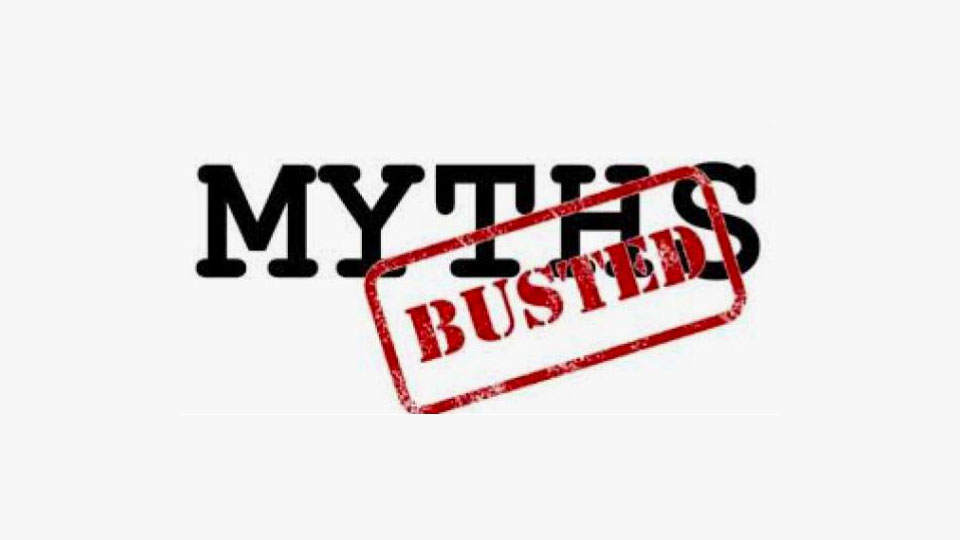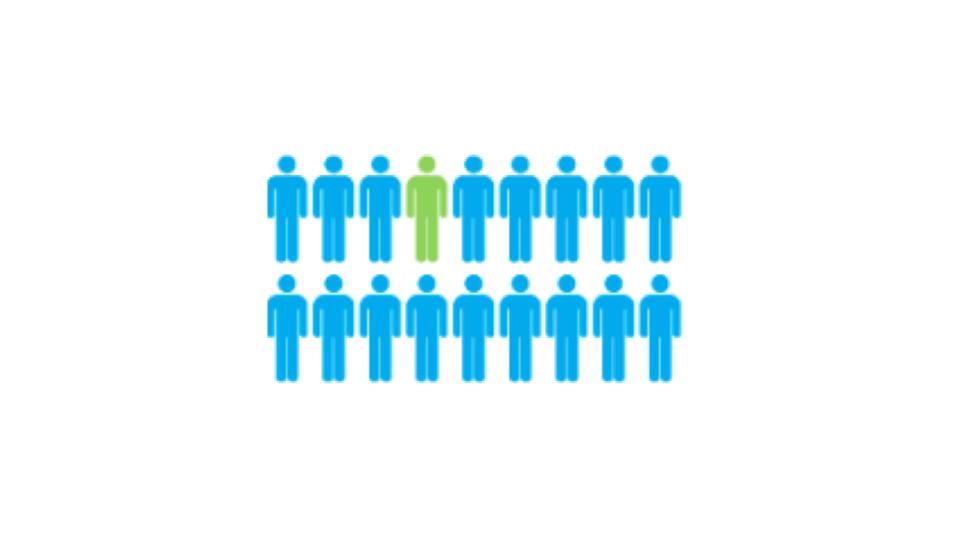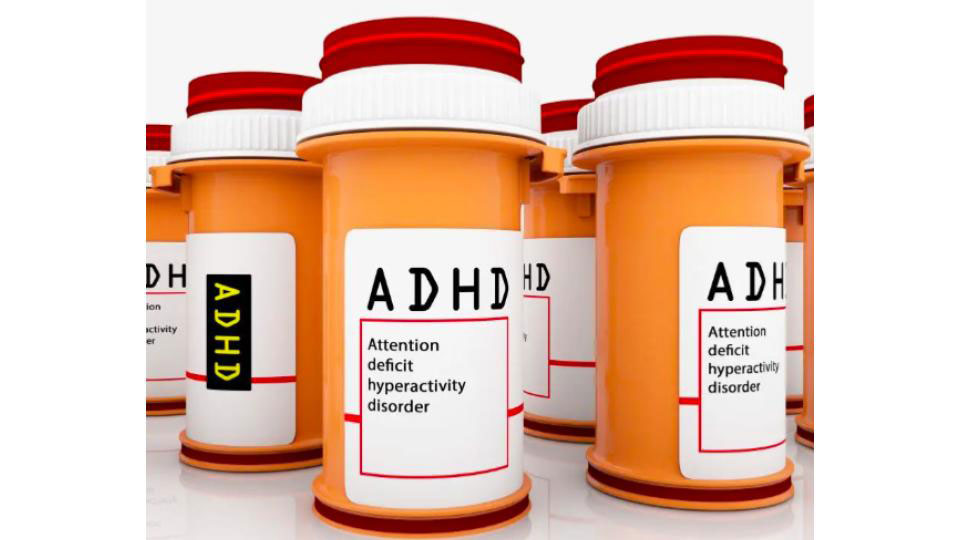Self Harming Behaviours

Self-harm behaviors involve deliberate self-injury in the absence of any intent to die (NSSIB- non suicidal self-injurious behavior). These are often seen in individuals struggling with underlying mental health conditions.
Symptoms
If someone has self-harmed themselves they would attempt to hide it from people around them. The individual might tell stories to explain their injuries as an accident. The individual might wear long sleeves even in hot weather. Indicators of self harm may include multiple burns in the same size or shape or scars in a similar shape or size. These are some body parts where people tend to often injure themselves: arms, wrists, abdomen, front of their thighs.
Treatment
Treatment requires a psychiatric intervention where time is spent to identify what the drivers and triggers for self harm may be. This may include identifying environmental factors and understanding underlying mental health struggles the individual may have. Treatment would involve medication and psychotherapy to help the individual identify and learn alternate coping mechanisms to stressors that may be leading to this response.
Related Blogs

Treating OCD at STEPS


Types of Obsessive Compulsive Disorder

Obsessive Compulsive Disorder Overview, Symptoms and Prevalence

Treating ADHD at Steps : Therapy

